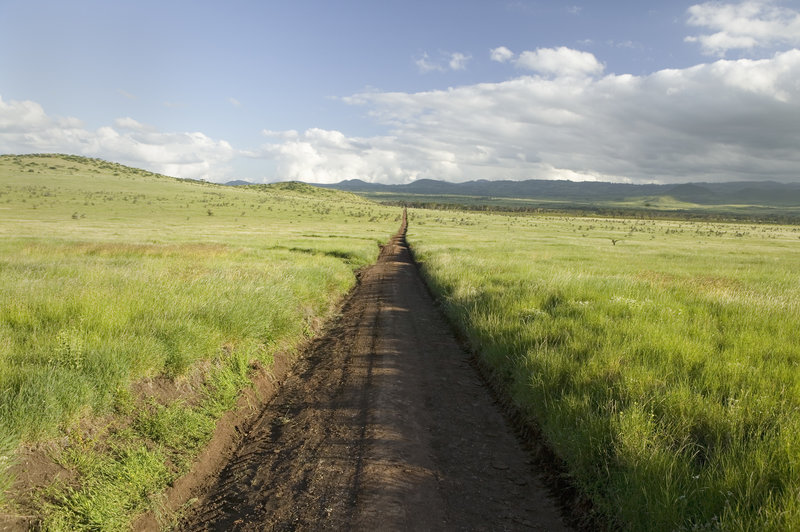New & Notable: Sustained rangeland improvement with special reference to the Laikipia controversies

By Chris Field, PhD
Consultant in ASALs and Wildlife
Excerpt: I have spent over fifty years working in East African Rangelands studying wildlife in National Parks and ranches or helping pastoralists in northern Kenya and consulting in Tanzania. The situation has changed unpredictably and dramatically since my original research in the Queen Elizabeth National Park in western Uganda. The main change has been rapid and near exponential human population growth with accompanying degradation of the rangelands especially those classified as ASALs (Arid or Semi-Arid Lands). It is not unique to the Greater Horn of Africa, but an example of what has been happening in most countries in Sahelian Africa. A world’s leading expert on deserts concluded over 25 years ago that “all the areas between the 100mm and 300mm isohyets will become man-made deserts in the next 35-70 years if the present trend is not reversed!” (Le Houerou,1991). Further exacerbating the effects of unchecked population growth is that of global warming, where pastoralists are the victims of the rapid increase in the use of fossil fuels by the world’s increased human population.
From my experience, the last great drought in the Horn of Africa was in 1984 which, together with political mismanagement, led to the deaths of uncounted numbers of our neighbors in Ethiopia (Kaplan, 2003). This was before the impact of global warming was felt, indicating that drought is a cyclical phenomenon which is best countered by concerted action against all the possible causes. Indeed, for some time drought has been regarded as a way of life by many pastoralists.
The results of ten years of research and experimentation on desert encroachment by ten experts and 30 consultants were summarized thirty five years ago in a comprehensive Management Plan for Western Marsabit District (Slide1) (UNESCO/IPAL, 1983, Field, 1986). Regrettably, the Project never entered the practical management phase after it was handed over to the Kenya Agricultural Research Institute (KARI), now the Kenya Agriculture and Livestock Research Organization (KALRO). Neither has undertaken serious rangeland management, as outlined by the IPAL, and they appear to prefer degree driven research rather than demand driven management.
Meanwhile, serious controversies have been smoldering in the Laikipia rangelands of Kenya since 2013 and the current drought has brought them to a critical climax. Reflection on the problem, its causes and possible solutions, is appropriate in the light of past experiences.